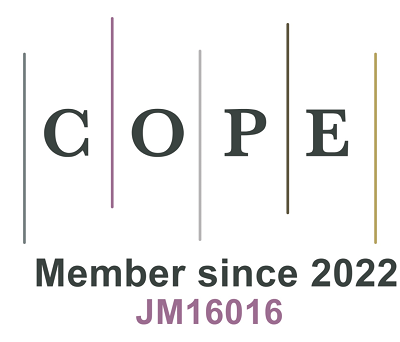fig7

Figure 7. Single-cell RNA sequencing analysis uncovers the shared pathways in MASLD with concurrent conditions. (A) t-SNE and the relative percentage of hepatocytes, macrophages, monocytes, fibroblasts, endothelial cells, B cells, T cells, and NK cells; (B) AUcell scores for the diversity of KEGG pathways across various cell types in MASH; (C) AUcell scores for the diversity of GO pathways across various cell types in MASH; (D) Cholesterol metabolism scores on t-SNE compare Chow (left) and MASH (right), highlighting significant enrichment in macrophages; (E) The cholesterol metabolism score of macrophages in MASH was most significant compared to Chow by the Wilcoxon rank sum test; (F) Glycolysis/gluconeogenesis was significantly increased in MASH, especially in hepatocytes, macrophages, and monocytes, compared to Chow, as shown by the Wilcoxon rank sum test; (G) APOE expression was significantly higher in MASH than in Chow, especially in macrophages, as demonstrated by the Wilcoxon rank sum test; (H) LPL expression was significantly higher in MASH than in Chow, especially in macrophages, as shown by the Wilcoxon rank sum test. MASLD: Metabolic dysfunction-associated steatotic liver disease; CMTs: cardiometabolic traits; t-SNE: t-distributed Stochastic Neighbor Embedding; GO: gene ontology; MASH; metabolic dysfunction associated steatohepatitis.









